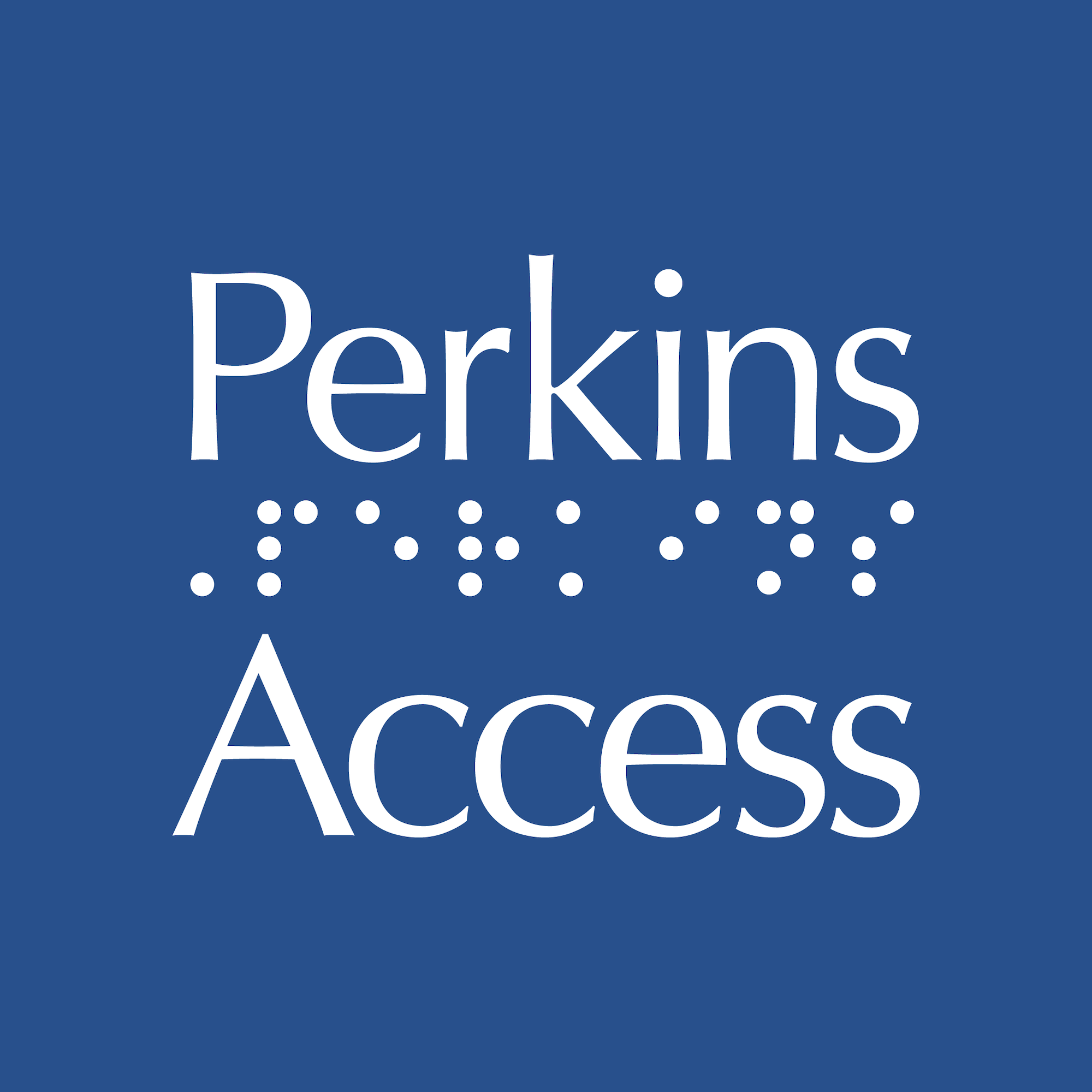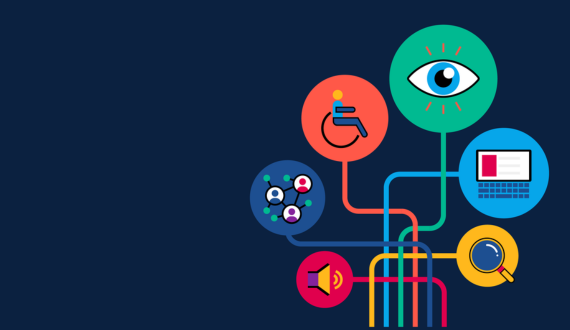What is WCAG conformance? And why 100% conformance is not the only goal on your digital accessibility journey.
Share

Understanding WCAG conformance
One-hundred-percent conformance with any level of the Web Content Accessibility Guidelines (WCAG) is very difficult to accomplish. The most usable experiences incorporate accessibility during design and development, test and remediate materials against WCAG with experts, and work with users with disabilities throughout the entire process. Even after you follow all of those best practices, why do we say, “don’t claim 100% conformance with WCAG?” Here’s why: when it comes to some of the WCAG success criteria, there are gray areas where even experts disagree, and you can’t guarantee that there won’t be usability issues across an audience with varied means of access. Accessibility, just like user experience, is not black and white.
Five reasons to strive for accessibility and usability (not 100% conformance):
- Meeting all of the WCAG success criteria does not necessarily make a website accessible to all people with disabilities. The World Wide Web Consortium (W3C), an international community that develops open standards (including WCAG) to ensure the long-term growth of the Web, suggests that meeting all of the WCAG success criteria does not necessarily make a website accessible to all people with disabilities. The W3C Understanding Conformance page states that, “Although content may satisfy all Success Criteria, the content may not always be usable by people with a wide variety of disabilities. Therefore, usability testing is recommended, in addition to the required functional testing.”
- WCAG success criteria are open to differing interpretations, even by experts. A criterion that one WCAG expert identifies as a failure may only be identified as a warning by another expert; still another may not identify it as a barrier at all. For example, it is never really accurate to say that alternative text written for an image is the exact and precise equivalent for what that image is conveying to sighted users. A number of factors, including the context in which the image is presented, or the knowledge and skill of the person writing the description, will always affect the quality of the alternative.
- Testing for accessibility compliance is almost always done on a sample of representative content. The reason? It is usually cost prohibitive, and is simply not practical, to test all of the pages and content on a website. Claiming a website is 100% conformant with WCAG takes a giant leap of faith to declare that pages that were not part of the subset originally evaluated also meet WCAG.
- Testing doesn’t always account for all user environments. Typically, testing is not done with all permutations of devices, platforms, browsers and assistive technologies. Why? Doing such robust testing would often be cost prohibitive. In addition to considering the variations in how hardware, user agents and assistive technology interact with each other, each user that comes to your website will take a unique approach. Each approach may produce different results in terms of accessibility and usability. The best way to ensure that your materials are usable and accessible by as wide an audience as possible is to gather feedback from users with different types of disabilities throughout the design and development process.
- Websites are updated on a regular basis. When websites are updated (e.g., as bugs are fixed or new content is added), you can’t always guarantee that accessibility barriers weren’t accidentally introduced without thorough retesting. Periodic expert and user testing is the best way to protect yourself against the introduction of new accessibility barriers.
Now that you understand why it’s problematic to claim 100% conformance with WCAG, what can you claim? We recommended you recognize that accessibility is an ongoing process and you communicate your dedication to making your website work for all visitors, regardless of their age, ability or means of access. You can do this by adding an accessibility statement to your website. Or if your product needs to show its level of conformance, you can have it tested by experts, who will evaluate your product against WCAG success criteria and provide a Voluntary Product Accessibility Template (VPAT).
Is your organization ready to embrace digital accessibility the right way? Whether you’re just getting started or want to understand what you could be doing better, the experts at Perkins Access can help. Get in touch today.




